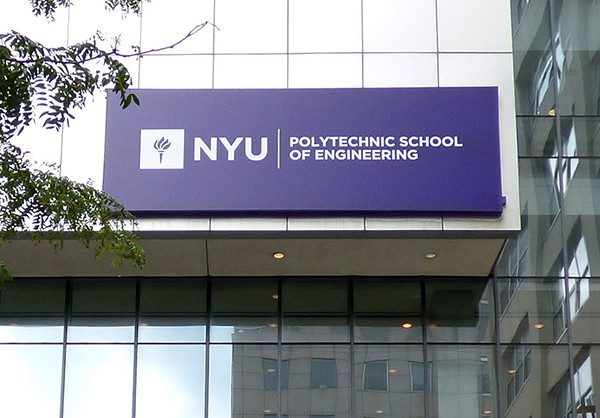Scientists at NYU Tandon School of Engineering recently discovered a process to 3D print components of syntactic foam, extremely strong and lightweight composites used in vehicles, airplanes, and ships.
Thanks to this process, manufacturers will print components with complex shapes capable of surviving stresses at greater depths.
Syntactic foams
Syntactic foams are a mixture of microscopic hollow glass or ceramic spheres in epoxy or plastic resin, widely used in submarines.
The parts made with this material are manufactured using injection molding, and they must be joined with adhesives and fasteners, hence the possibility of vulnerabilities.
Additive manufacturing could allow manufacturers to make complex parts such as vehicle shells and internal structures as single units, making them far stronger. Led by Ashish Kumar Singh, a doctoral student under Gupta, the team described how they overcame hurdles to additive manufacturing, such as the tendency of microspheres to crush during the mixing process and to clog the printer nozzle. They also demonstrated the recyclability of the filaments, making them environmentally friendly.
The researchers developed filaments of high-density polyethylene plastic (HDPE), a material used to manufacture industrial-grade components, and microspheres made of recycled fly ash.
“Our focus was to develop a filament that can be used in commercial printers without any change in the printer hardware,” said Gupta, who collaborated with colleagues at the National Institute of Technology Karnataka, Surathkal, India (NIT-K).
It should be said that the hollow spherical particles used in the research have a diameter of just 0.04 mm to 0.07 mm. This size and shape combination makes it possible for the microspheres to flow through the 1.7-mm 3D-printer nozzle without choking the flow of material.
“The results show that the properties of 3D-printed syntactic-foam components are at par with the widely used traditional injection-molded parts of the same material,” said Singh.
For further information about 3D Printing, follow us on our social networks and subscribe to our newsletter!






